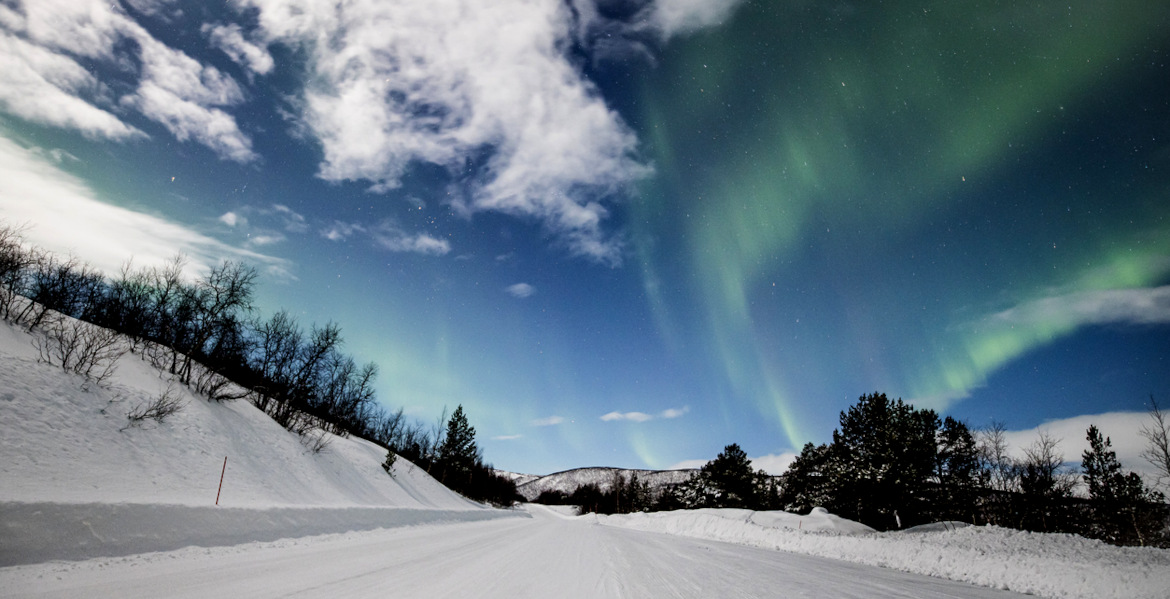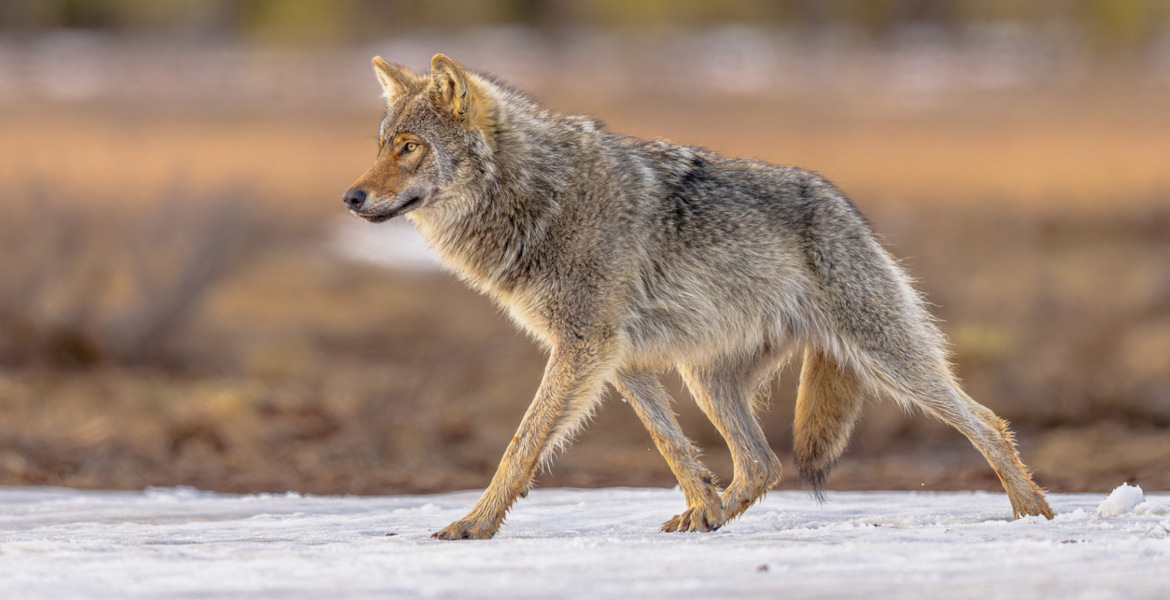On Tuesday, a new government was formally announced in the Finnish Parliament with the liberal-conservative National Coalition Party's Petteri Orpo as Prime Minister. Together with the new coalition, a government program has now been agreed for the next four years.
In total, the Orpo cabinet consists of 19 ministers, divided between the National Coalition Party with eight ministerial posts, the national populist Finns Party with seven ministers, the liberal Swedish People's Party and the Christian Democrats with three and one posts respectively.
Among the points in the Orpo government's program is that the Finnish government will strive to establish some form of NATO base in the country.
A number of economic measures are also included in the program, including an end to the state's current gambling monopoly as early as 2026.
Domestic production of emission-free electricity will be expanded, primarily through nuclear power.
Foreign aid will be gradually reduced due to the current economic situation, although this is not specified in detail. Funding for "assistance to the most vulnerable groups" will continue to be maintained.
All newborns in Finland will also receive a share savings account with a symbolic amount of money along with other gifts from the state, a measure intended to promote long-term savings.
The tax-funded media company Yle's impartial position will be strengthened according to the government program. Yle's funding will not be cut directly, but index increases will be frozen.
The requirements for permanent residence permits in Finland will be tightened somewhat, with a requirement to live in the country for at least six years, pass a language test, prove that one has worked for at least two years with only short periods of unemployment and that one has not been convicted of a crime. Immigrants will also no longer have the same rights to social security as permanent residents.
A fixed link across the Kvarken, i.e. between the city of Vaasa and Swedish Umeå, will be investigated.
Finnish pupils' use of mobile phones in schools will be restricted by a new law.
The new cabinet is Finland's 77th government since gaining independence from Russia in 1917. It succeeds Sanna Marin's coalition led by the Social Democrats, together with the Centre Party, the Green League, the Left Alliance and the Swedish People's Party.
Facts: Petteri Orpo
Petteri Orpo, born in 1969, has a master's degree in political science from the University of Turku. He has led his party since 2016 when he succeeded Alexander Stubb. Between 2017 and 2019, he was Finland's Deputy Prime Minister and has previously held the positions of Minister of Finance, Minister of Agriculture and Minister of the Interior. As Finland's Finance Minister, he has also served on the boards of the World Bank's Supervisory Board and the European Investment Bank, among others.
Orpo has also been noted to be listed by the globalist think tank World Economic Forum as one of its "Young Global Leaders".




